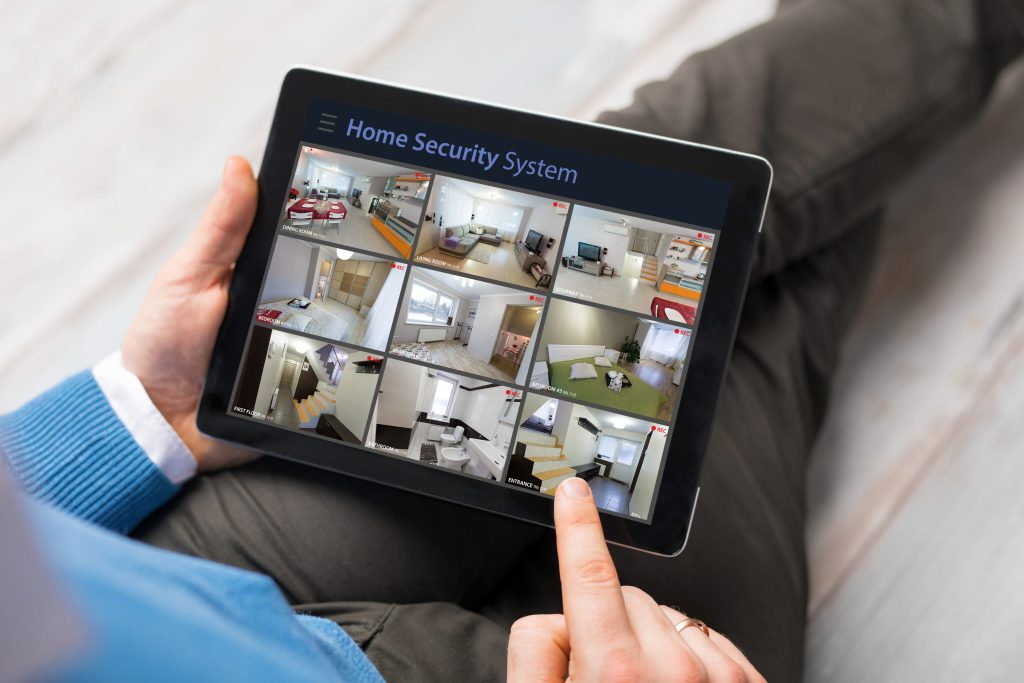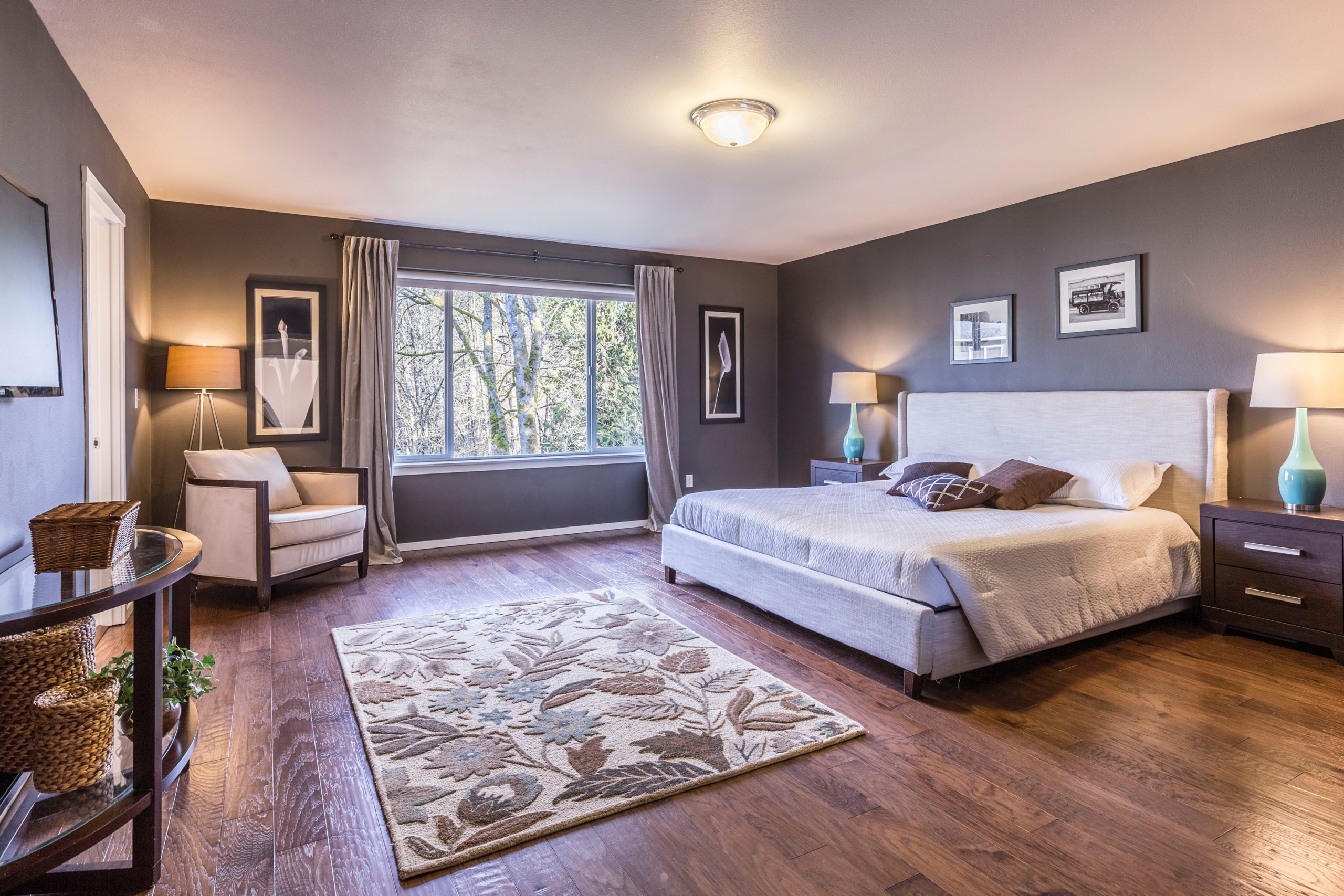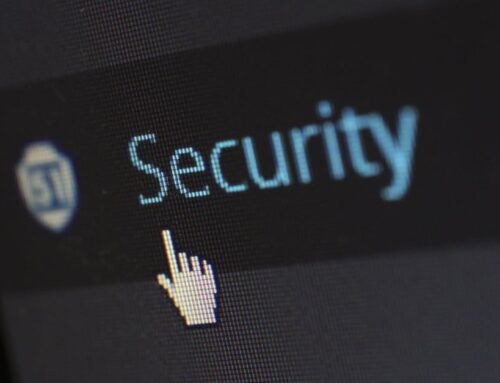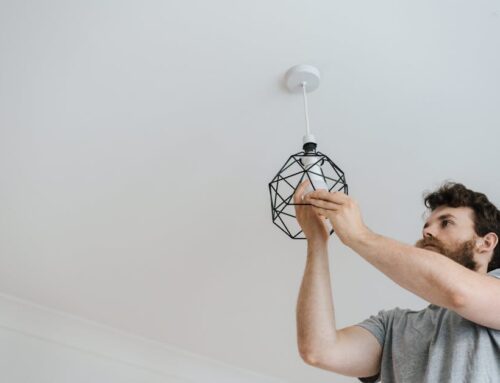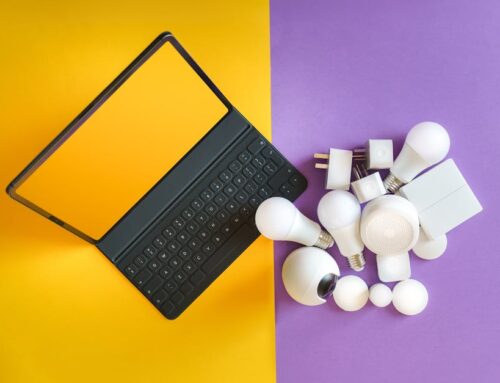Cameras are an important foundation for your home security system. In fact, no matter what other devices you have in the home, the cameras are the most practical when it comes to overall benefits. They serve as a deterrent to those looking over your home as a target. Plus, if something does happen, you have recorded footage to hand over to the police. Not to mention, the cameras allow you to check in on the family and pets during the day to ensure things are going smoothly at home. In order to enjoy all these benefits that come with your cameras, you need to make sure they are in a good position to perform these tasks.
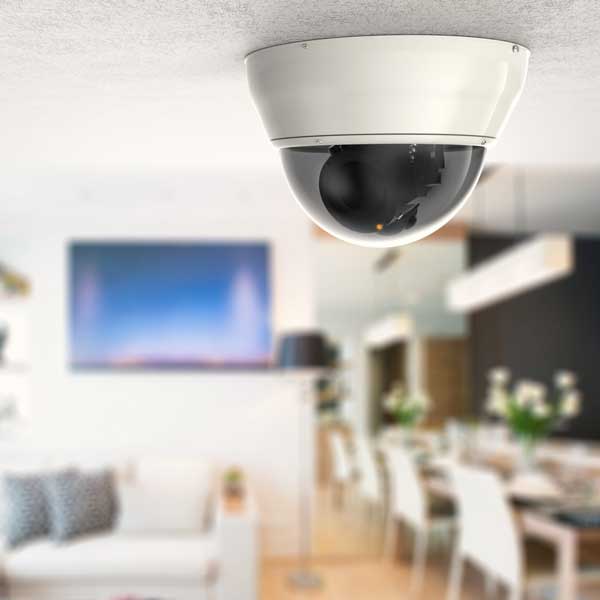
What Areas Need Coverage?
First, think as a homeowner that has valuables to protect. Then, think as a burglar would and look for ways to get into your home to get those valuables. Now, chart out what areas you want to cover with security. Entry points should be the main concern. Outdoor cameras are capable of covering a large area, usually at a 117° viewing angle. Having a video doorbell is a big advantage to watching over anyone who approaches from the front or garage area. Position indoor cameras also to cover entry points of windows and doors. Cover hallways that lead to rooms where you keep valuables. Camera coverage benefits the common areas that you cross to enter or leave the house.
Best Positioning for Results
Now that you know the areas to cover with video surveillance, the right spots need to be chosen to place your cameras. It is a popular suggestion that outdoor cameras be installed at least nine to ten feet above the ground. The reason for this is that when the camera is out of reach, it is less likely to be tampered with. Also, the closer to the eave of your roof, the less weather it will have to endure. Another reason to double-check your outdoor camera placement is to prevent glare or extreme heat from the sun. Also, check to verify that your Wi-Fi signal is strong enough for the wireless cameras.
It is recommended that indoor cameras get installed in corners near the ceiling in order to get the biggest field of view. Be sure they do not point toward direct sunlight to avoid glare. For both indoor and outdoor, be sure to test them out before permanently installing. Ensure there are no blind spots or anything affecting the field of vision. Keep in mind also that the amount of cameras you have has to share the Wi-Fi is they are wireless. This could put a drain on the signal strength, so test it to make sure you have strong signal.
Areas to Avoid
Although it is your property, there are still some restrictions to consider when installing your cameras, inside or outside. The general rule to go by is that you cannot place a camera to record an area where there is a reasonable expectation of privacy. Indoors this would include bathrooms and bedrooms. Outdoors you would avoid pointing your camera at direct sunlight or into the neighbor’s backyard or toward their windows. States vary with their legal requirements and restrictions, so it is helpful to do your research first.

Final Thoughts
Installing a home security system takes a lot of thought, research, and preparation. Although there are many DIY systems you can take advantage of, if in doubt, call on professional help. Your family’s safety is not something you want to take lightly or cut corners on. At Allied Home Security, we offer you tips and assistance to make sure you get the best coverage possible. Our experienced and highly-trained technicians know what to look for when it comes to fully covering your property, inside and out. Call us today, and we make sure it all gets taken care of!
